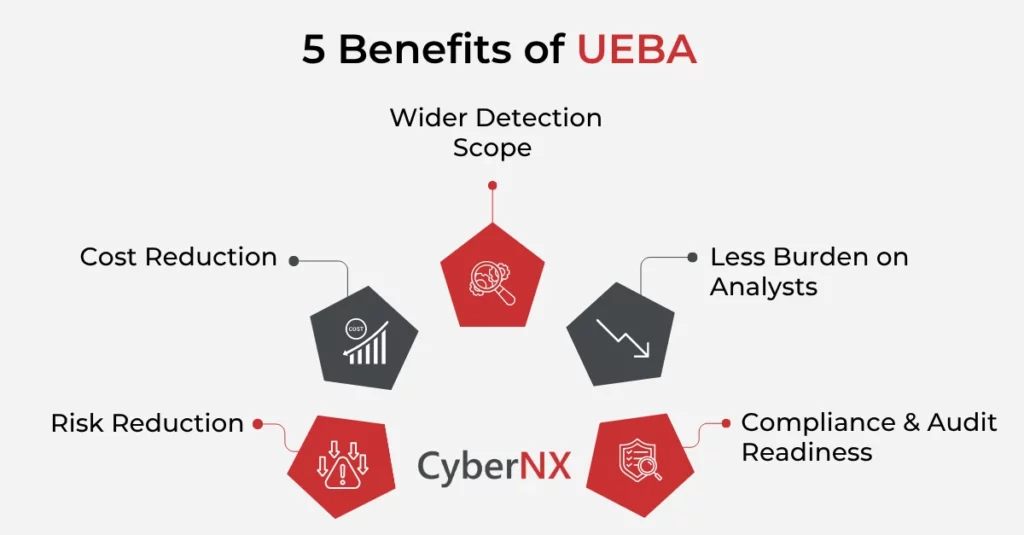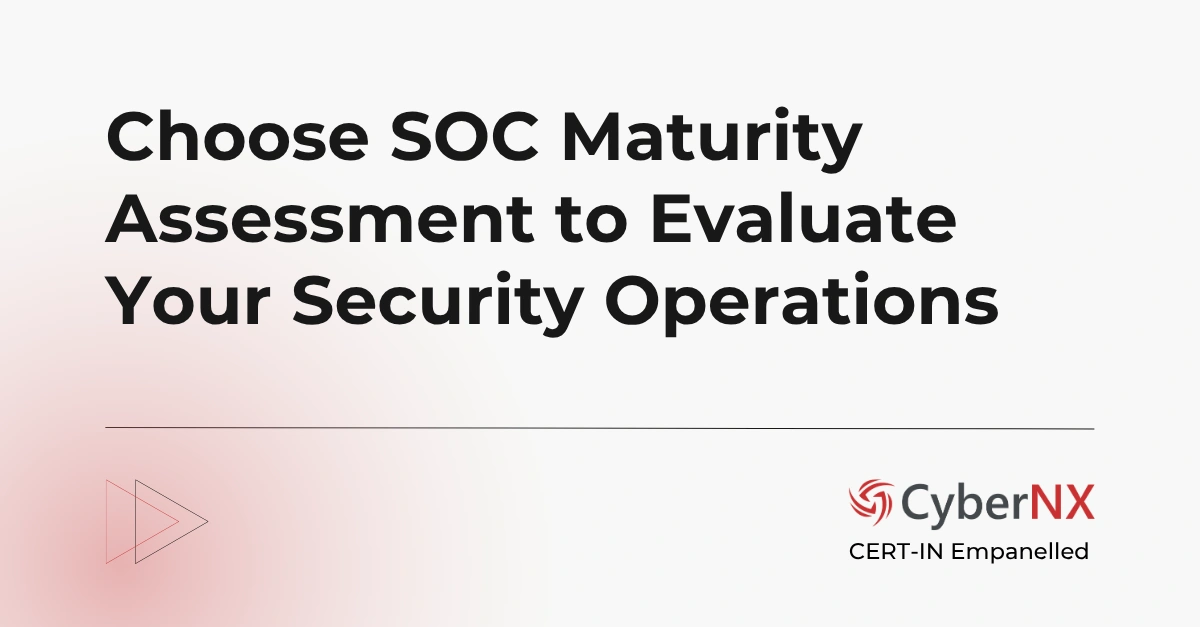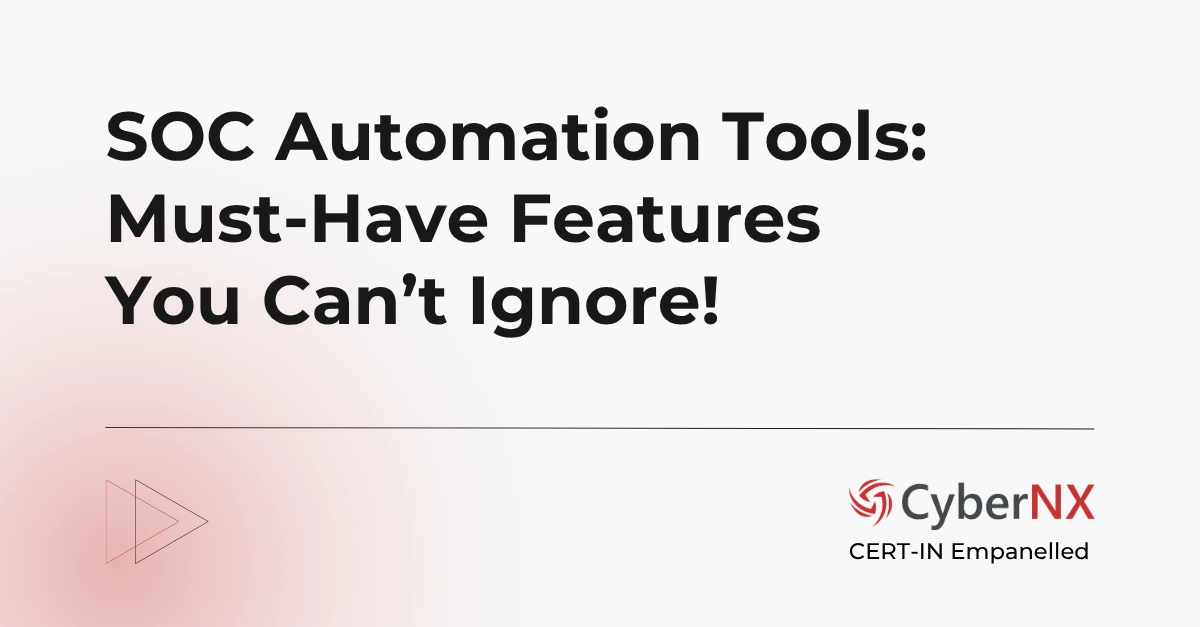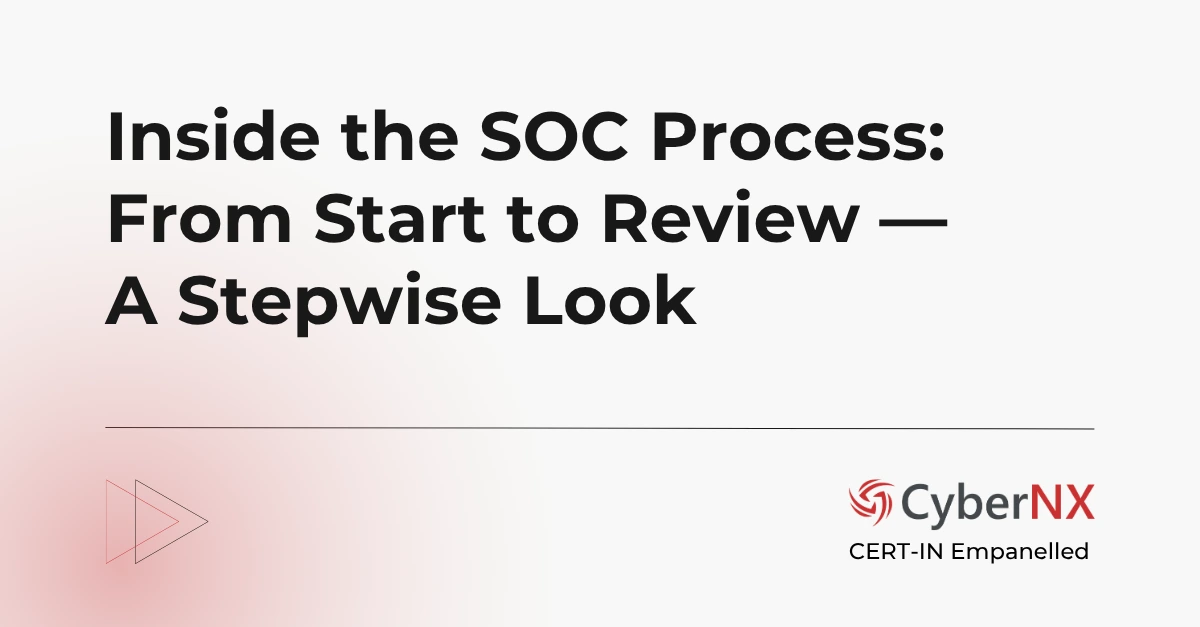Traditional security systems are often falling short today. The everyday cyberattack stories across the world corroborates this fact. However, it is not because legacy systems are flawed. Because cybercriminals have become smarter. They cannot see the modern threats, and what they cannot see, they cannot protect.
That’s where User and Entity Behaviour Analytics (UEBA) steps in. This tool helps your security team to see. It offers greater visibility by observing behaviour across users and entities connected to your entire IT ecosystem. UEBA tool works with the intent of learning and establishing what is normal and flagging what is not.
So, how does it help your business? This intelligent layer of detection identifies subtle anomalies and sometimes hidden flaws before they could explode into full-blown incidents.
What is User and Entity Behaviour Analytics (UEBA)?
User and Entity Behaviour Analytics (UEBA) is a tool that uses machine learning, statistical models and data analytics to analyse the user and entity behaviour and gather relevant insights. Users here include employees, customers and other stakeholders using your system every day. Entities here means endpoints, servers, routers, cloud, IoT devices and applications.
UEBA, implemented across systems, first learn what is the normal behaviour or pattern, in the time duration given by the experts. The baseline is set. Once that phase is over, it starts picking up any deviation from the usual, alerting the security teams or acts autonomously if automation is in place.
Here is an example: If an employee marks attendance every day at 10 am and suddenly one day attendance is marked at 2 am, UEBA will flag this immediately. Also, if an insider downloads 20 GB data, which is generally only 1 GB, UEBA will send an alert. Many a times, IT administrators may miss or overlook such events as trivial, but UEBA does not.
UEBA tool is an integral part of Security Operations Center (SOC). It empowers SOC analysts with important information regarding anomalies in user and entity behaviour. This boosts the performance of SOC services, which is key to security of your organization.
Learn all about Security Operations Center in our blog SOC Guide.
Benefits of User and Entity Behaviour Analytics
Cyber attackers today are now entering the systems by any means possible. Bypassing traditional security is too easy. That makes entities vulnerable. Social engineering and other tactics influence employee behaviour to breach and infect systems, making users vulnerable. User and Entity Behaviour Analytics works to negate both these possible vulnerabilities and offer core advantages to your organization:
1. Risk Reduction
UEBA solution can be used across the IT environment of an organization as well as outside it. For example, UEBA solution can be integrated with employees’ home router, IoT devices and even retailers. It is a daunting task for security teams to keep tab of every device, but UEBA simplifies it and reduces risks.
2. Cost Reduction
Automated detection and prioritization minimize the need for manual alert triage, effectively helping organizations make better use of security resources. Plus, blocking social engineering, phishing and ransomware on its track before any damage could happen reduces costs for organizations.
3. Wider Detection Scope
UEBA monitors and detects anomalies across users and entities. This means if you have 200 employees, UEBA covers all their interactions every day. Similarly, if you have databases, severs and hundreds of workstations, it uncovers slow-moving threats, privilege abuse, compromised credentials and lateral movement across the network too.
4. Less Burden on Analysts
Rather than drowning teams in low-priority alerts, UEBA filters noise, ranks incidents by risk and highlights only what truly matters. It is a clear advantage for large enterprises managing and securing employees and systems in huge numbers.
5. Compliance & Audit Readiness
User and Entity Behaviour Analytics logs provide a behavioural timeline that helps organizations respond to audits, demonstrate controls and meet regulatory demands of HIPAA, PCI-DSS, and GDPR.
How UEBA Works: Key Components
User and Entity Behaviour Analytics (UEBA) functions by ingesting a large volume of data from across the digital environment. Data analytics and machine learning are used to understand what is expected versus what is suspicious. Here’s how it typically functions:
- Data Collection: Pulls data from multiple sources such as SIEMs, identity platforms, EDR, Active Directory, IDPS, and analyse them to gain valuable insights.
- Behavioural Modelling: Builds dynamic profiles for users and entities based on historical activity to establish a baseline.
- Machine Learning: Continuously adapts and refines baselines using unsupervised learning from past incidents and every event that occurs.
- Anomaly Detection: Flags deviations like unusual login patterns from users, trying to access restricted files and erratic network traffic usually leading to DDoS.
- Risk Scoring: Assigns risk rating to each of the anomaly detected so that security teams can prioritize investigations that matters most.
Challenges of Using User and Entity Behaviour Analytics
Organizations using UEBA do face some challenges which are discussed here:
- Data Overload: The more user and entity data UEBA consumes, the better it works. But that also means performance and scalability should be addressed early.
- Integration Complexity: UEBA needs access to data from multiple tools such as identity systems, logs, endpoint data, cloud services. Lack of integration or misalignment can limit effectiveness.
- False Positives (Initially): While UEBA improves over time, early stages may generate false positives until behaviour baselines get mature.
- Skill Gaps: Understanding behavioural analytics and interpreting the results can require specialized expertise, which can be a challenge for many organizations.
- Cost of Deployment: While long-term savings is important, upfront investments in UEBA tool can be high, making organizations reluctant to adopt it.
UEBA and Other Tools Like SIEM
UEBA and SIEM are often considered as same. But they serve different purposes. Security Information and Event Management (SIEM) aggregates and correlates log data, offering centralized visibility and rule-based alerting. This is effective to find immediate flaws. However, User and Entity Behaviour Analytics (UEBA), on the other hand, adds behavioural intelligence, monitoring how users and entities behave over time. This helps in finding vulnerabilities that incubate and become a problem later.
Therefore, organizations should see SIEM as the foundation and UEBA as something that adds depth and insight over SIEM. Integrating User and Entity Behaviour Analytics with SIEM is a wise choice, making the overall system much more resilient to novel threats.
Conclusion
User and Entity Behaviour Analytics (UEBA) equips organizations with the power to see beyond and understand what is really happening in their environment. By focusing on user and entity behaviour, UEBA shifts the paradigm from going after threats to anticipating them.
If you’re looking to move from reactive security to proactive resilience, our AI managed SOC with UEBA integration will be a strong step forward in securing your organization effectively and efficiently. Contact us today.
User and Entity Behaviour Analytics FAQs
What makes User and Entity Behaviour Analytics (UEBA) different from traditional anomaly detection tools?
Traditional anomaly detection tools often rely on predefined rules and thresholds—if activity falls outside those parameters, an alert is generated. However, these systems struggle with false positives and evolving threats. UEBA takes a more adaptive approach by continuously learning what’s considered normal for each user or entity and detecting subtle deviations in behaviour over time. This allows it to spot nuanced threats that rules-based systems typically miss.
Can UEBA be used to detect threats in hybrid or multi-cloud environments?
Yes, UEBA is particularly valuable in hybrid and multi-cloud environments where user activity spans across on-premises systems, SaaS applications, and cloud workloads. By consolidating behaviour data from all environments, UEBA provides a unified view of risk and helps detect cross-platform anomalies that could indicate credential misuse, lateral movement, or unauthorized access across cloud and data center boundaries.
How long does User and Entity Behaviour Analytics take to become effective after deployment?
UEBA systems typically require a learning period—often several weeks—to establish behavioural baselines for users and entities. During this time, the system collects and analyses normal activity patterns. The accuracy of alerts improves significantly once sufficient data is gathered, making early-stage tuning and data quality critical for optimal performance.
Is UEBA suitable for small and medium-sized enterprises (SMEs)?
While originally popular among large enterprises due to scale and complexity, UEBA is increasingly accessible to SMEs through cloud-based and managed service offerings. Many vendors now offer scalable, modular solutions that fit the needs and budgets of smaller organizations—helping them gain enterprise-grade detection without heavy infrastructure investment.






